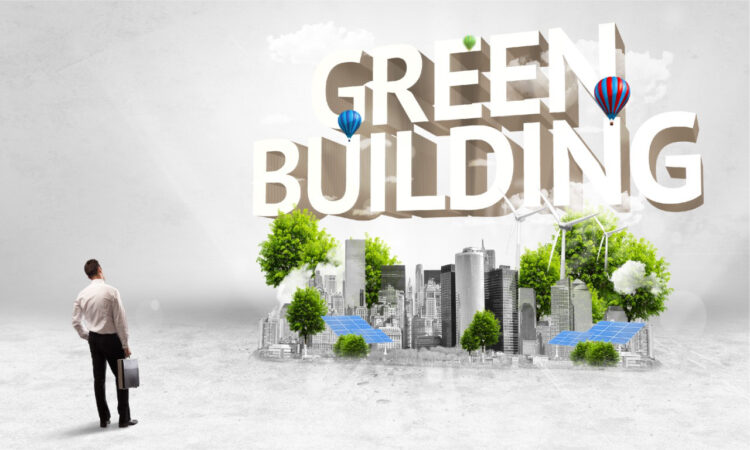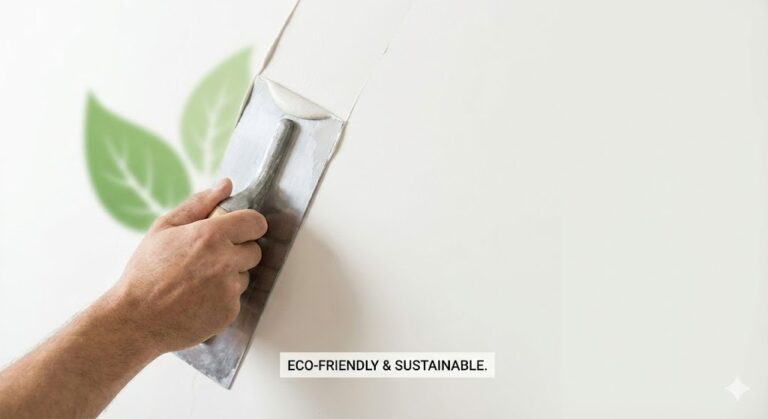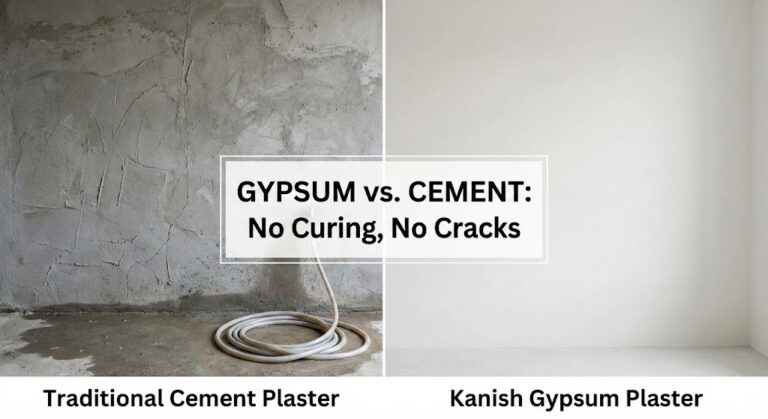There is an increasing awareness to reduce carbon footprint and greenhouse gas emissions in almost all industries across the globe. The construction industry is no exception and builders are working out ways to promote the construction of green buildings using eco-friendly substances. Gypsum plasters are one such material that has evolved as a sustainable alternative to cement plasters. Indian green building council has fixed a target to broaden the green building area to 10 billion square feet by 2022. This reveals the paramount importance that the country attaches to the construction of green buildings.
Are you looking for a green building material that can offer several benefits in terms of reducing costs, and construction time? Gypsum plasters are all that you require. Here is why.
Gypsum plasters are eco-friendly construction materials
Gypsum is a naturally occurring substance deposited within the layers of the sedimentary rocks due to the evaporation of lakes and seawater. On the other hand, cement is an energy-intensive material. The fact that the cement industry contributes to 8% of global carbon dioxide emissions calls for an immediate migration to other sustainable, green materials. Gypsum plaster is a viable alternative to cement plasters. As the world is laying the foundation for a zero-carbon future, it is totally normal to expect gypsum plasters to become the future of the construction industry.
Gypsum Plasters reduce sand requirement in construction
Nature has blessed mankind with ample resources. Sand and water are very important among them. Undoubtedly, it is the duty of the present generation to make sure that such benefits are passed onto the next generation. Keeping this as the primary concern, the National Green Tribunal has issued restrictions on illegal sand mining across the river beds. This has increased the cost of sand as well as the time required for the completion of the building construction.
Reduced availability or almost non-availability of river sand has led to the exploration of usage of alternative materials like M sand. But M sand has several issues in being used as a plaster. The quality of finish obtained as a result of sand cement plastering is coarse and inconsistent with the requirement. Moreover, it requires the application of putty and water curing to produce a fine finish. It also develops cracks and shrinkages over time. Gypsum plastering is an effective alternative to sand cement plastering.
Gypsum plasters are resistant to fire and heat
Loss of lives, livelihoods, and damages in the aftermath of fire accidents are hard to handle. The economic and environmental damages and costs arising from unanticipated fire accidents in commercial buildings and dwellings are significant. Gypsum plasters are resistant to fire as it has 21% of crystallization water. This evaporates during fire accidents and so gypsum plasters remain inert until the building temperature reaches 1200 degree celsius. Gypsum plasters reduce the pace of fire progression and hence improve the fire resistance of buildings. This reduces the cost of damage in terms of lives, livelihoods, carbon emissions, etc.
Gypsum Plasters reduce consumption of water in building construction
Sand cement plastering demands that it is sprayed and cured with water for at least 7 days post its application. This ensures that the plaster settles down and produces a smooth finish, otherwise it may result in cracks due to sudden drying of the sand cement plaster. Our study reveals that gypsum plastering saves around 30 liters of water per sq. ft when compared to sand cement plastering. Gypsum plastering reduces water usage and prevents over-exploitation of water bodies. Given that there is limited availability of water and that water tables at the natural water sources are depleting at a higher rate, this conservation is significant.
Gypsum plasters can be completely recycled
Gypsum plasters and other construction materials produced from gypsum are completely recyclable. This is unlike other construction materials like cement that are hard to be recycled. Gypsum plasters are obtained by heating gypsum rock. The native form can be restored when the gypsum plaster is mixed with water again.
Gypsum plasters reduce electricity and fuel consumption
Cement production consumes significant amounts of fossil fuels which in turn add to the carbon footprint and greenhouse gas emissions. Gypsum plaster reduces the need for fossil fuels and so reduces carbon emissions leading to greener buildings. It also reduces the consumption of electricity as it accelerates the building construction and other complicated processes involved in construction.
More on why gypsum plasters are preferred to cement plasters in this blog.
Conclusion
Thus, it can be seen that Gypsum plasters not only reduce the carbon footprint and consumption of non-renewable energy resources but also lead to a substantial reduction in construction costs and time.
Looking forward to constructing green buildings?
Talk to our gypsum expert at +91 9994500474



